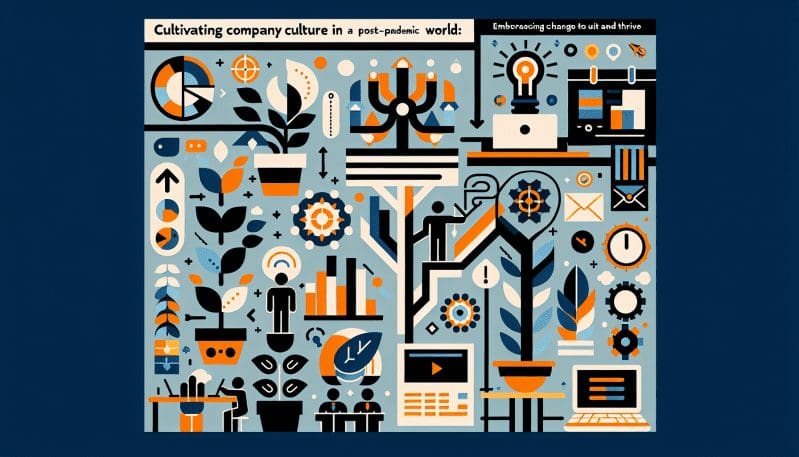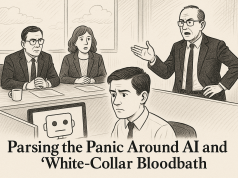As the world gradually emerges from the shadows of the pandemic, the workplace landscape has been irrevocably changed. A blending of remote and hybrid schedules has become the new norm, posing both challenges and opportunities for New York-based companies striving to maintain and cultivate a strong company culture. The task at hand is not just to adapt, but to innovate – to create a work environment that feels both inclusive and engaging, even when employees are physically apart.
The essence of a robust company culture lies in its ability to foster a sense of community, shared values, and mission. For businesses targeting the discerning demography of The New York Times readership – a demographic that values tradition yet embraces innovation – the post-pandemic era is a call to leadership, a test of adaptability, and a canvas for technological creativity.
**Leadership in the Virtual Realm**
Leadership has never been more crucial. The leaders of today must not only guide their teams through the complexities of their day-to-day tasks but also become the champions of company ethos in a digital realm. How can they achieve this? By being present. Virtual town halls, regular check-ins, and open-door policies via video conferencing can humanize the digital experience, making leaders accessible and relatable.
**Harnessing the Power of Technology**
Technology is the enabler of this new work ecosystem. Collaboration tools, project management software, and virtual reality spaces are coming together to mimic the interactivity of physical offices. But it’s not just about the tools; it’s about how they are used to promote shared experiences. Virtual coffee breaks, online team-building exercises, and even digital ‘water cooler’ channels can keep the sense of camaraderie alive.
**Communication: The Lifeline of Culture**
Clear, consistent communication has always been the lifeline of any strong company culture. In an age where misinterpretations can occur across digital mediums, it’s essential to over-communicate – to ensure that every team member, regardless of location, understands the company’s goals, achievements, and challenges. Regular newsletters, detailed updates, and platforms for open dialogue can transform dispersed employees into a cohesive unit.
**Cultivating Tradition and Innovation**
While embracing innovation, there’s a profound respect for tradition within the New York Times’ readership demographic. Balancing these can be achieved by maintaining longstanding company rituals in a virtual format, celebrating historic milestones, and weaving the legacy of the organization into every new digital initiative. Doing so honors the past while paving the way for the future.
**Measuring Success Differently**
In this new work configuration, success must be measured differently. Productivity and performance are no longer just about hours logged but about the quality of work and the well-being of employees. Encouraging flexibility, supporting mental health, and recognizing individual contributions in innovative ways can all signal a company’s commitment to its people – the very heart of its culture.
**Conclusion**
In conclusion, the post-pandemic world offers a unique opportunity for companies to redefine what a strong company culture means. It’s a time for leaders to step forward, for technology to be leveraged creatively, and for communication to bind dispersed teams together. For the companies that rise to this challenge, the reward is a unified, resilient workforce ready to face the future together – wherever they may be logging in from.
As The Work Times, we champion these innovations and traditions, recognizing that the true measure of a company’s culture is not where its employees work, but how they work together. Let’s continue to share insights, strategies, and stories that help New York’s businesses evolve, unite, and thrive in this ever-changing landscape.




























